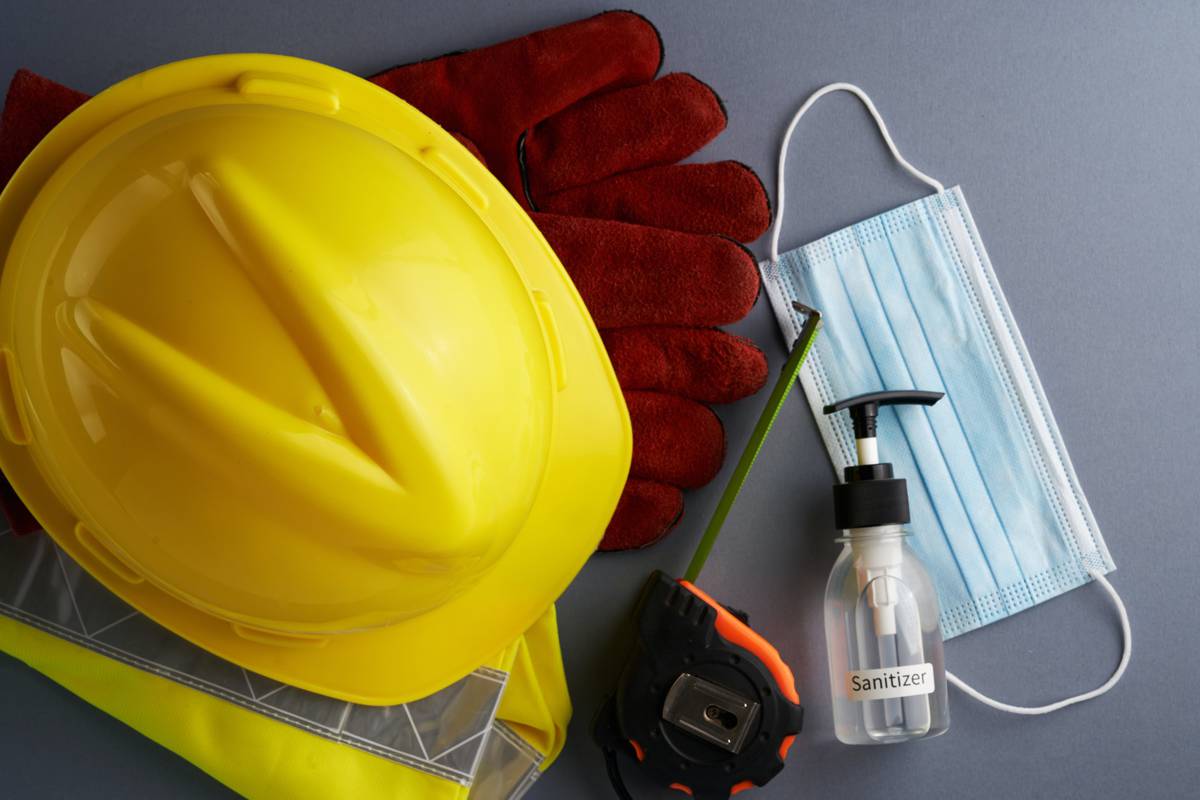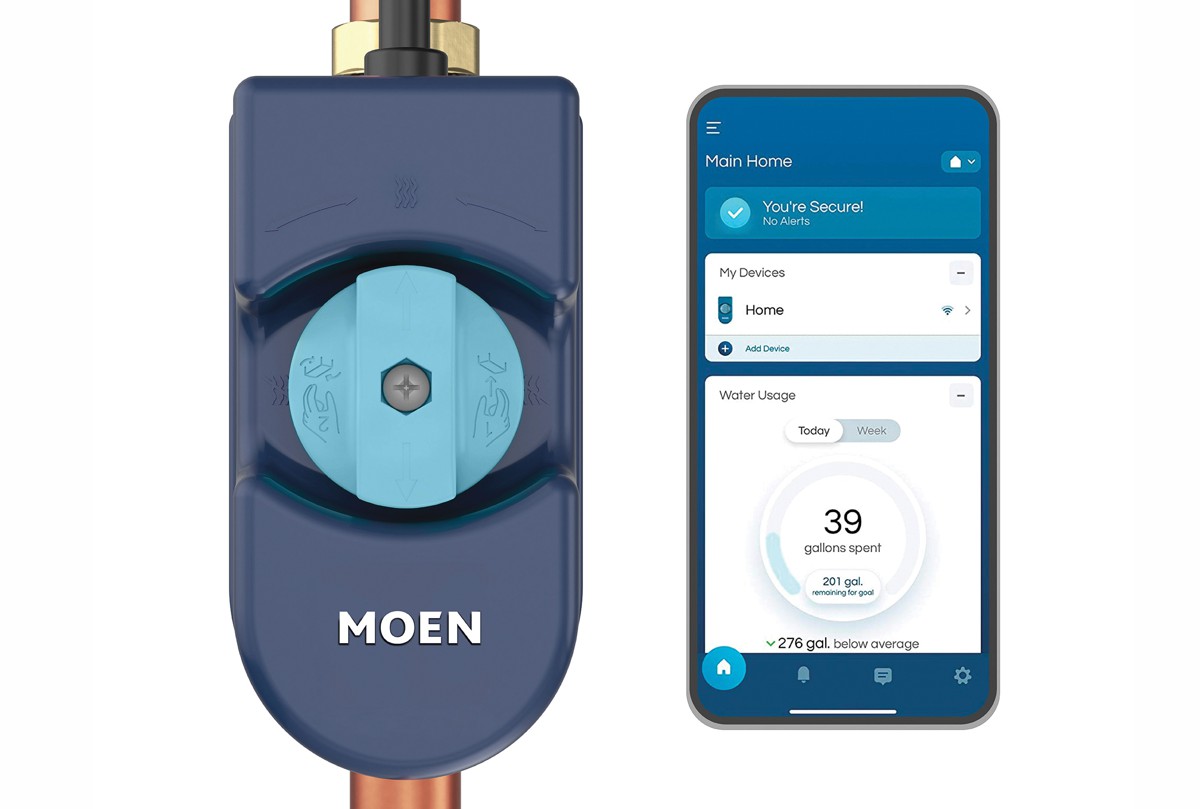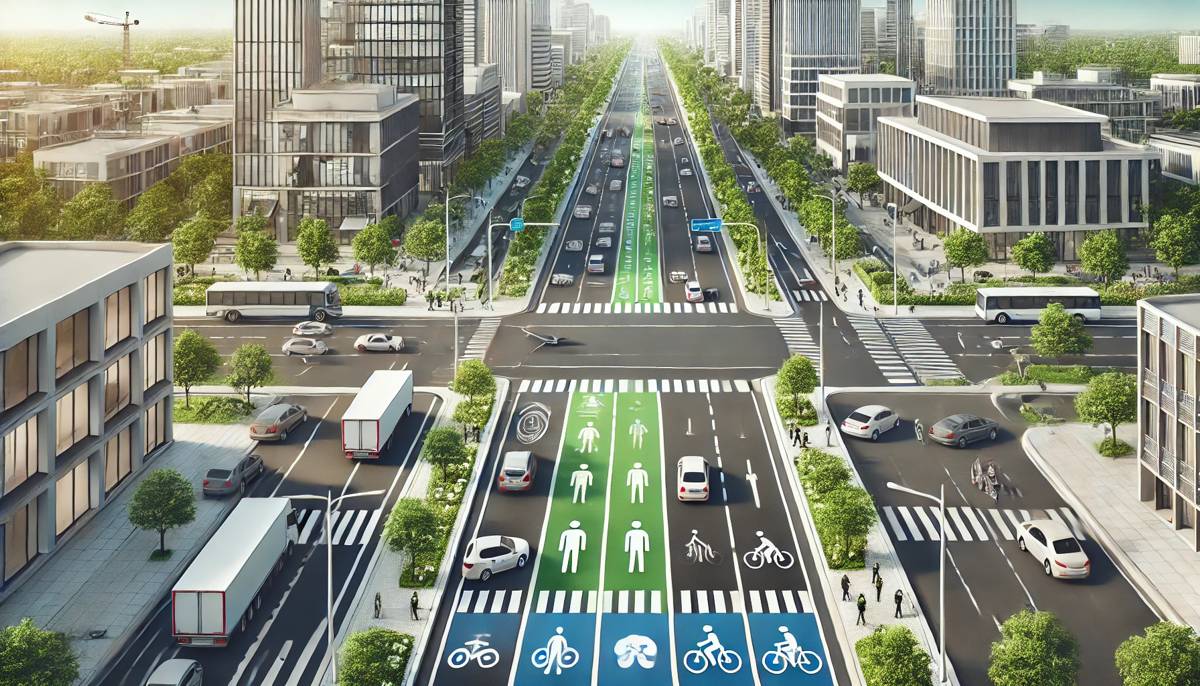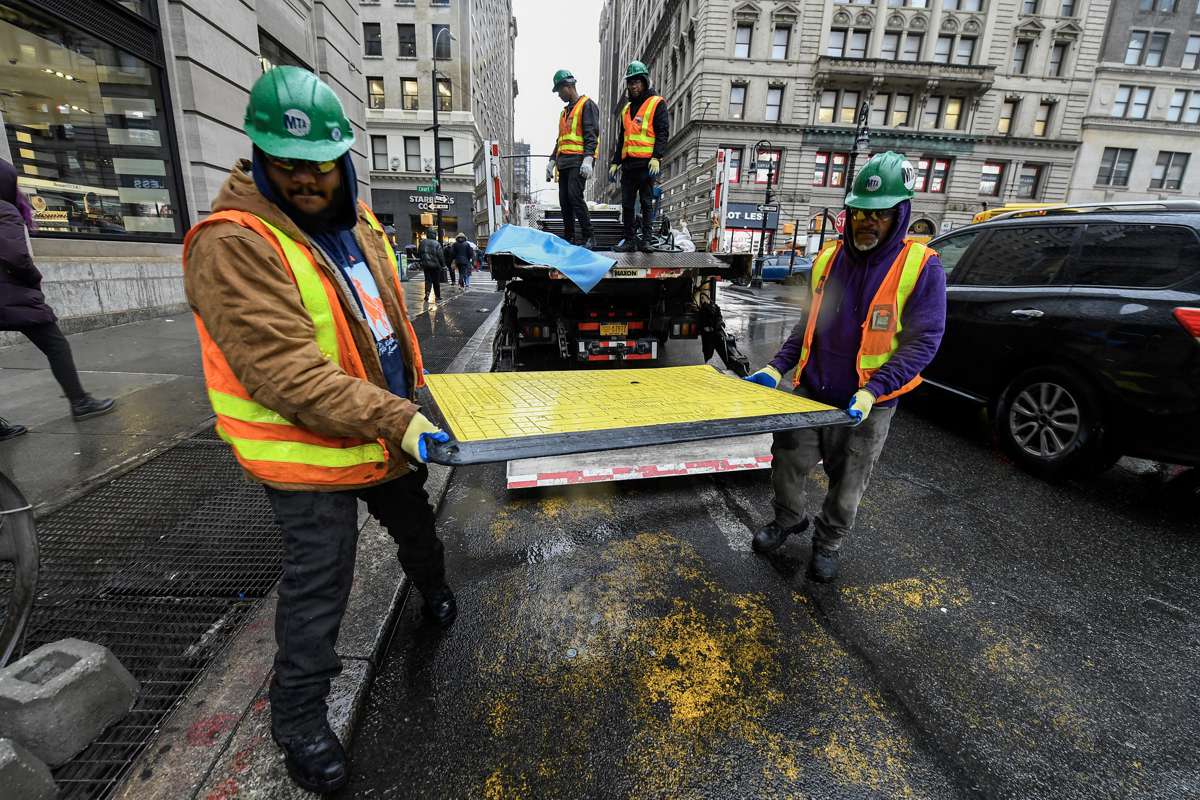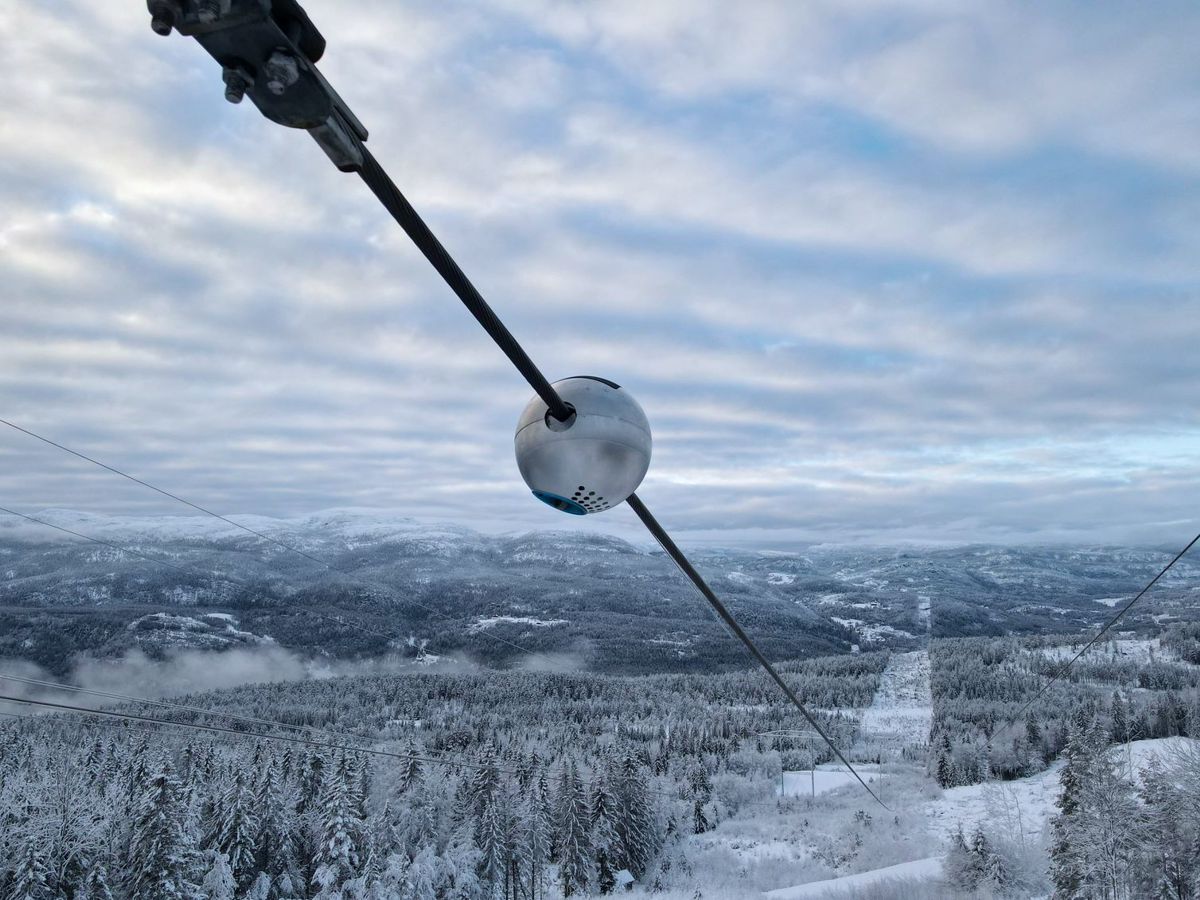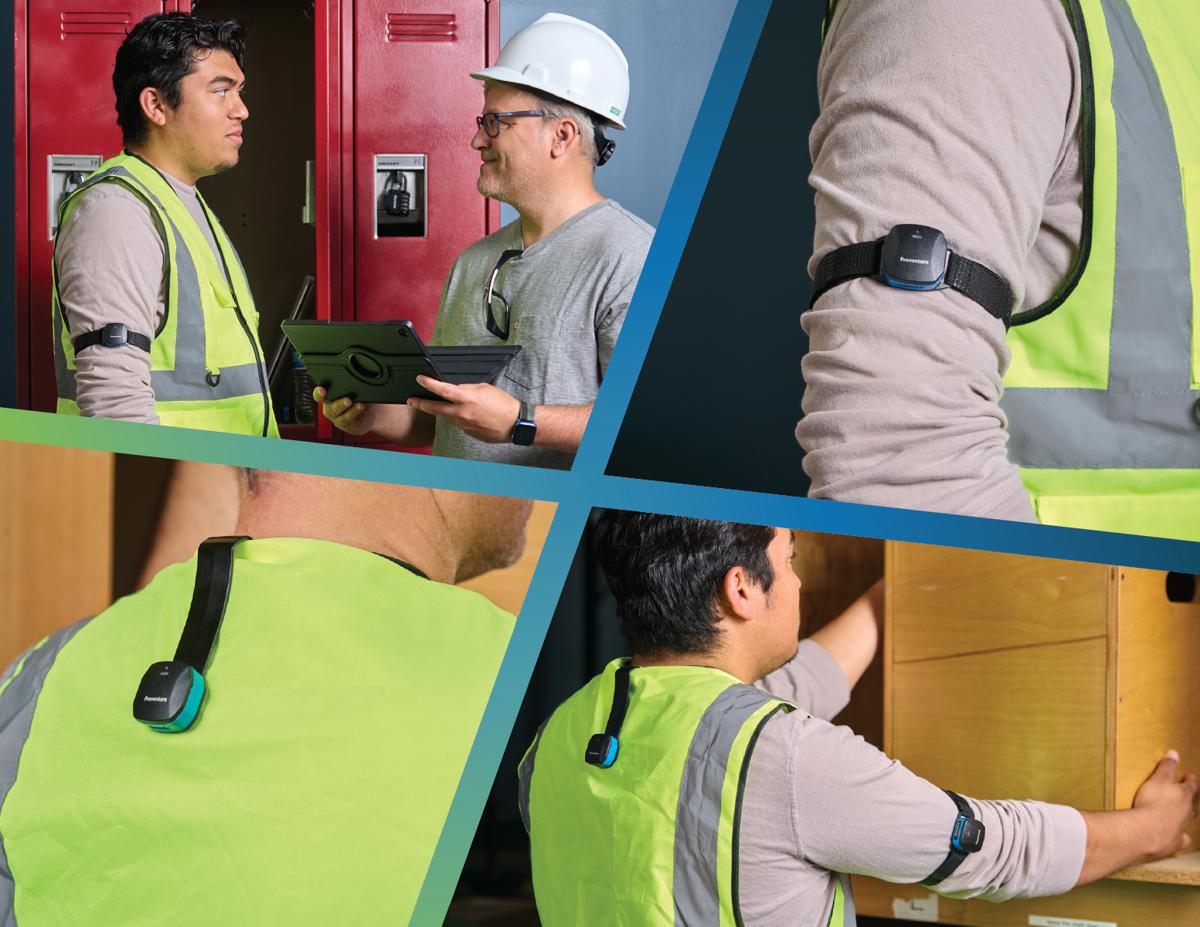Improving on-site ergonomics reduces injuries
As well as being exposed to a high risk of injury from accidents, construction workers report 20% more back pain than employees in any other industry.
Although back sprains are the most likely to cause disabling injury, other musculoskeletal injuries from repetitive actions and overexertion are also common. The risk of these types of injuries can be significantly reduced for employees in any industry by improving the ergonomics of their working environment.
For construction workers, this includes improving the design of the machinery, tools and vehicles that are regularly employed on site. As well as reducing the number of injuries from accidents, on-site health and safety measures can minimize the strains and injuries caused by repetitive actions, poor posture, and badly designed equipment.
Minimizing The Risk Of Musculoskeletal Disorders
Poor workplace ergonomics leads to repeated strain and poor posture, which can cause a range of musculoskeletal disorders (MSDs), including back pain, tendonitis, and carpal tunnel syndrome. In an office setting, standing desks and ergonomically designed chairs encourage better posture and help to minimize discomfort experienced over long working hours. On a construction site, making adjustments to tools, equipment and vehicles can have the same effect. Although rates of injuries have fallen slightly in the US, recent surveys have shown that over 45% of workers reported symptoms of MSD, such as pain in the lower back and arthritis in the joints. This often leads to lengthy periods off work, so finding ways to reduce strains from using force, standing in awkward positions, and performing repeated tasks must be a priority for contractors.
Stand Up Equipment Reduces Strain
Simply using stand up tools with longer shock absorbing handles can reduce common strains from excessive bending. Rather than kneeling on the ground to fix materials, an extended auto-feed screw gun enables workers to stand upright while working. This keeps the spine and knees in a natural position, minimizing the risk of muscle strain and fatigue. Some companies are also providing their workers with exosuits, wearable motorized metal frames that take the strain out of lifting heavy. As their use becomes more widespread, it is likely that the number of work-related MSDs will start to fall.
Ergonomic Vehicle Cabs Improve Posture
As well as using manual tools on site, many workers spend long hours sitting in the cab of a construction vehicle or truck. This can cause poor posture and lead to back ache and other painful MSDs. Ergonomically designed seats can help to improve comfort, but as individual workers vary in size and shape, adjustable settings allow for optimal driving positions. Being able to alter the position of the seat, change the height of control panels, and raise or lower the level of foot pedals not only helps to increase comfort, but also helps workers to avoid strains and other injuries.
Construction workers are particularly vulnerable to musculoskeletal strains and injuries due to the physical nature of their work. By improving the ergonomics of their working environment, the risk of back strain and other injuries can be significantly reduced.


